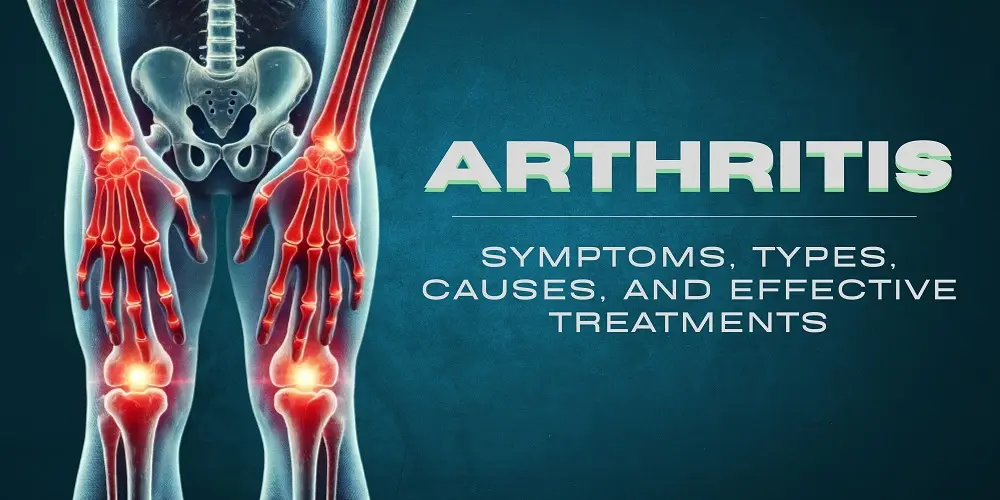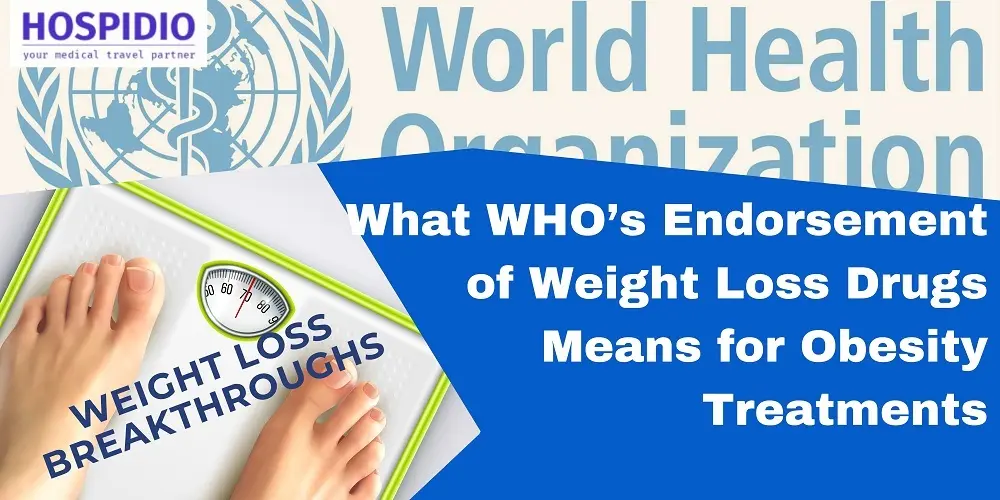Chest fat is a common concern among men, often affecting confidence, posture, and appearance. It can result from excess body fat, hormonal imbalances, genetics, aging, or conditions like gynecomastia. While stubborn, chest fat can be reduced through a combination of targeted exercises, proper nutrition, lifestyle changes, and, in some cases, medical interventions.
This guide outlines effective non-surgical and surgical strategies and includes a practical 10-day plan to help you kickstart your journey toward a more defined and toned chest.
Understanding Chest Fat in Men
Men’s chest fat can stem from several causes, and identifying the underlying reason is key to choosing the most effective approach.
- Excess Body Fat: Most often, chest fat is simply the result of overall body fat accumulation. Poor diet, lack of exercise, and sedentary habits contribute to fat storage in areas like the chest, abdomen, and sides.
- Gynecomastia: Gynecomastia is a condition where glandular tissue in the male chest enlarges, often due to hormonal imbalances, genetics, or certain medications. Unlike fat deposits, glandular tissue does not respond significantly to diet or exercise alone.
- Pseudogynecomastia: This occurs when the chest appears enlarged due to fat accumulation but without glandular tissue involvement. Pseudogynecomastia can often be addressed through diet, exercise, or non-surgical treatments.
- Hormonal Imbalance: An imbalance between testosterone and estrogen can lead to fat storage in the chest. Low testosterone or higher estrogen levels encourage glandular or fatty tissue buildup in men.
- Sedentary Lifestyle: Lack of physical activity reduces calorie expenditure and muscle tone, leading to fat accumulation in areas like the chest, abdomen, and arms.
- Certain Medications and Health Conditions: Drugs such as steroids, antidepressants, and medications for ulcers or heart conditions can influence hormone balance and contribute to chest fat accumulation.
- Excessive Alcohol Consumption: Regular or heavy alcohol intake can significantly contribute to chest fat accumulation. Alcohol is calorie-dense and often leads to excess calorie intake, which gets stored as fat — especially around the chest and abdomen. It also disrupts hormone balance by lowering testosterone and increasing estrogen levels, promoting fat deposition in the chest area. Moreover, alcohol can impair liver function, affecting the body’s ability to metabolize fat efficiently.
Understanding the difference between these conditions is critical, as it determines whether non-surgical methods will be sufficient or if surgical intervention may be needed.
Get a free cost estimate
Can Chest Fat Be Reduced in 10 Days?
While a noticeable transformation in just 10 days is unlikely, it is possible to jumpstart fat reduction and improve muscle definition. The first 10 days should focus on establishing healthy habits that support long-term fat loss, including:
- Reducing overall body fat
- Improving chest muscle tone
- Establishing consistent diet and exercise routines
- Enhancing sleep and stress management
Short-term results may include reduced bloating, improved posture, and a leaner appearance due to water loss and muscle activation.
10-Day Plan to Kickstart Chest Fat Reduction
Day 1-3: Foundation Phase
- Caloric Deficit: Begin by consuming fewer calories than your body needs. Aim for a 500-700 calorie deficit daily to promote fat loss.
- Protein Intake: Incorporate lean proteins like chicken, fish, and legumes to support muscle retention.
- Hydration: Drink at least 2-3 liters of water daily to aid metabolism and reduce bloating.
- Exercise Routine: Start with light cardio exercises such as brisk walking or cycling for 30 minutes.
Day 4-6: Intensification Phase
- Strength Training: Introduce exercises targeting the chest muscles, such as push-ups, bench presses, and chest flys.
- Increase Cardio: Incorporate high-intensity interval training (HIIT) sessions to boost fat burning.
- Healthy Fats: Include sources of healthy fats like avocados, nuts, and olive oil to support hormone regulation.
- Sleep Quality: Ensure 7-8 hours off quality sleep to aid recovery and hormonal balance.
Day 7-10: Refinement Phase
- Meal Timing: Practice intermittent fasting or consume smaller, balanced meals throughout the day to regulate insulin levels.
- Advanced Exercises: Add variations to chest exercises, such as incline and decline push-ups, to target different areas of the chest.
- Stress Management: Engage in activities like yoga or meditation to reduce cortisol levels, which can contribute to fat storage.
- Consistency: Maintain the established routine and track progress through measurements and photos.
Lifestyle Modifications for Sustained Results
Improving posture is a simple yet effective way to enhance the appearance of the chest, as standing tall with shoulders back naturally makes the chest look firmer and more defined. At the same time, limiting alcohol and sugary beverages is essential, since these can add unnecessary calories and promote fat accumulation, slowing down fat loss efforts. Consistently monitoring your progress – through measurements, photos, or workout performance – allows you to make timely adjustments to your diet, exercise, and lifestyle habits, ensuring steady and sustainable results.
Expected Outcomes After 10 Days
While fat loss may be modest in just 10 days, you may notice:
- Reduced water retention and bloating
- Better muscle activation and tone
- Increased energy and motivation to continue
- Improved posture and appearance
Remember, sustainable fat loss requires consistent effort over several weeks to months.
Non-Surgical vs Surgical Approaches
In some cases, especially when there is glandular tissue or persistent fat, lifestyle measures alone may not suffice. Medical interventions can complement or enhance results.
Non-Surgical Options For Male Chest Fat
- Cryolipolysis (Fat Freezing): This non-invasive procedure uses controlled cooling to target and destroy localized fat cells. It requires minimal recovery time and is most effective for reducing mild to moderate fat deposits in the chest area.
- Laser or Radiofrequency Treatments: These methods use laser or radiofrequency energy to break down fat while simultaneously tightening the skin, helping improve chest contours without surgery. Injection
- Lipolysis: Involves the injection of a solution that dissolves small, stubborn pockets of fat. It is best suited for minor, localized areas rather than larger fat deposits.
- Hormonal Therapy: For men with low testosterone or elevated estrogen levels, medically supervised hormonal therapy can help rebalance hormones, support fat redistribution, and improve metabolism, complementing other fat reduction strategies.
Adavantages and Risks of Non-Surgical Make Chest Fat Removal
Chest fat is a common concern among men, often affecting confidence, posture, and appearance. It can result from excess body fat, h
| Advantages | Limitations / Risks |
| Non-invasive and does not require anesthesia or surgical incisions | Results are modest and may not match the dramatic improvements seen with surgery |
| Minimal to no downtime allows return to daily activities almost immediately | Multiple treatment sessions are often required for noticeable changes |
| Safer for individuals who cannot undergo surgery due to medical conditions | Ineffective for removing glandular tissue, which may require surgical excision |
| Procedures like Cryolipolysis, Laser, or RF treatments can also tighten skin slightly | Risk of temporary side effects such as redness, swelling, bruising, or numbness |
| Provides gradual, natural-looking fat reduction and contour improvement over weeks | Results may vary based on fat density, hormonal imbalance, and lifestyle factors |
| Enhances confidence and chest definition without scars or invasive procedures | Hormonal therapy must be medically supervised due to possible hormone-related side effects |
| Can complement a healthy diet and exercise routine for sustained results | Compared to surgery, results take longer to appear and may be less precise |
Top Specialists for Male Chest Fat Removal
Surgical Options For Male Chest Fat
- Liposuction: This surgical procedure removes excess fat from the chest area, providing immediate improvement in chest contour. While highly effective, it requires post-operative care, including the use of compression garments to support healing, minimize swelling, and ensure smooth results. Recovery typically involves a few days of rest and gradual return to normal activity.
- Glandular Tissue Excision/ Mastectomy: For men with true glandular enlargement rather than just fat accumulation, excision surgery removes the excess tissue. This procedure is often combined with liposuction to address both fat and glandular tissue simultaneously, resulting in a flatter, more defined chest.
- Laser/Ultrasonic-Assisted Liposuction: These advanced techniques use laser or ultrasound energy to liquefy fat before suctioning, which improves precision, reduces trauma to surrounding tissues, and promotes smoother results. This approach can also stimulate mild skin tightening.
- Skin Tightening Surgery: In cases where significant fat has been removed and the chest skin has become loose or saggy, additional skin tightening procedures may be necessary. These procedures remove excess skin and help achieve a firmer, more natural-looking chest contour.
Advantages and Risks of Surgical Male Chest Fat Removal
| Advantages | Limitations / Risks |
| Immediate and noticeable improvement in chest shape and contour | Involves surgical risks such as bleeding, infection, or anesthesia-related complications |
| Effectively removes both fat and glandular tissue for lasting results | Requires post-operative downtime, rest, and limited physical activity for a few weeks |
| Allows precise sculpting and improved chest symmetry | May cause temporary swelling, bruising, and discomfort during recovery |
| Advanced techniques (laser/ultrasonic) promote smoother results and mild skin tightening | Expensive and usually not covered by insurance unless medically indicated |
| Long-lasting outcome if a healthy lifestyle and stable weight are maintained | Possibility of visible scarring or contour irregularities depending on healing |
| Boosts self-confidence and improves body proportions significantly | Compression garments must be worn for several weeks to ensure proper healing |
| Suitable for a wide range of male chest fat and gynecomastia cases | In rare cases, revision surgery may be required for asymmetry or uneven contour |
Choosing the Right Approach:
Selecting the most effective method for reducing male chest fat depends on a clear understanding of what is causing the chest enlargement and what results you aim to achieve.
Men’s chest fullness can stem from three main factors: fat accumulation, glandular tissue growth (gynecomastia), or a combination of both. Identifying which of these is present is the first and most critical step. Excess fat usually responds well to non-surgical treatments or targeted exercise, while glandular tissue generally requires surgical excision for effective removal.
Skin elasticity plays an equally important role. Men with firm, resilient skin often experience better results from non-surgical options like cryolipolysis or radiofrequency treatments, as the skin can retract naturally once fat is reduced. However, if the skin is loose or stretched, surgical tightening or lifting procedures may be necessary to achieve a smooth, natural look.
Your general health status and lifestyle habits should also be taken into account. Those with stable weight, no underlying hormonal imbalances, and realistic expectations tend to see the best outcomes. Finally, practical considerations—such as your tolerance for downtime, comfort with surgical procedures, and available budget—will guide whether a non-invasive or surgical path is best suited for you.
A consultation with a qualified cosmetic or plastic surgeon is crucial to accurately assess these factors and design a personalized treatment plan that delivers safe, long-lasting, and aesthetically satisfying results.
Conclusion
Reducing chest fat in men requires a combination of diet, exercise, lifestyle changes, and, in some cases, medical interventions. A 10-day plan can kickstart the process, improve muscle tone, and establish long-term habits. Non-surgical procedures offer modest contour improvements, while surgical methods provide dramatic, immediate results for those with persistent fat or glandular tissue. Ultimately, a sustainable, balanced approach ensures both aesthetic improvement and overall health.
Recent Blogs
Sanjana
Author
Sanjana Sharma is a certified diabetes educator with a solid academic background in nutrition and dietetics. Her qualifications include a BSc in Clinical Nutrition and Dietetics, an MSc in Foods and Nutrition from CCS University, a Diploma in Health and Education from IGNOU, and a certification from NDEP. Dedicated to helping patients manage their health through personalized care and education, she brings expertise and compassion to her work. Outside of counseling and writing, Sanjana loves staying updated with fashion trends, sharing corporate memes on Instagram, and, of course, thinking about food.
Guneet Bindra
Reviewer
Guneet Bhatia is the Founder of HOSPIDIO and an accomplished content reviewer with extensive experience in medical content development, instructional design, and blogging. Passionate about creating impactful content, she excels in ensuring accuracy and clarity in every piece. Guneet enjoys engaging in meaningful conversations with people from diverse ethnic and cultural backgrounds, enriching her perspective. When she's not working, she cherishes quality time with her family, enjoys good music, and loves brainstorming innovative ideas with her team.











